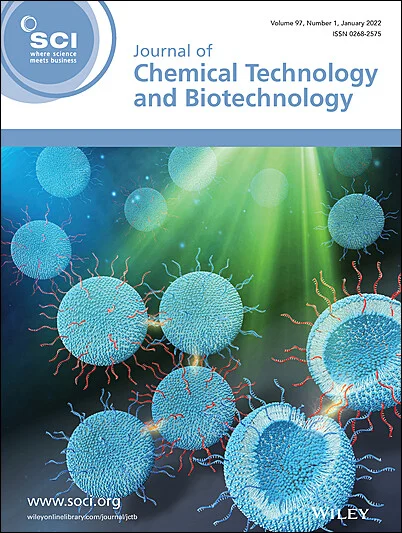Magnetically separable spent coffee grounds as a potential novel support for the covalent immobilization of β-glucosidase for cellobiose hydrolysis
Abstract
BACKGROUND
The industrial-scale application of enzymes faces obstacles due to elevated costs and difficulties in stability and reuse. In this study, magnetic spent coffee grounds, an ecotoxic waste, have been utilized successfully for the first time to immobilize β-glucosidase to overcome these challenges.
RESULTS
The spent coffee grounds were magnetized and amine-functionalized, followed by characterization using various techniques. Under optimized conditions, forming an imine bond between the functionalized support and β-glucosidase resulted in a 62% immobilization yield (92.81 mg g−1 enzyme loading) and 12.5 U mg−1 activity after immobilization. A relatively small kinetic change was observed in the Km value (902 to 946 μmol L−1) after immobilization, suggesting minimal hindrance by AMSCG3 on substrate access or product release. Moreover, Glu@AMSCG3 showed exceptional stability (>90% residual activity) within a pH range of 3 to 6 after 2 h of incubation at 25 °C. A residual activity of 87.94% was maintained even at 80 °C and pH 5 after 2 h of incubation compared to the free β-glucosidase, which showed only 6.5% residual activity at the same temperature. When cellobiose was hydrolyzed using Glu@AMSCG3 under optimum conditions, 91.33% cellobiose conversion was achieved initially, and over 79% conversion was maintained for 10 reusability cycles.
CONCLUSION
The improved stability of β-glucosidase after covalent immobilization on amine-modified magnetically separable spent coffee grounds indicates their potential as a support matrix for application in enzyme immobilization. © 2024 Society of Chemical Industry (SCI).

 求助内容:
求助内容: 应助结果提醒方式:
应助结果提醒方式:


